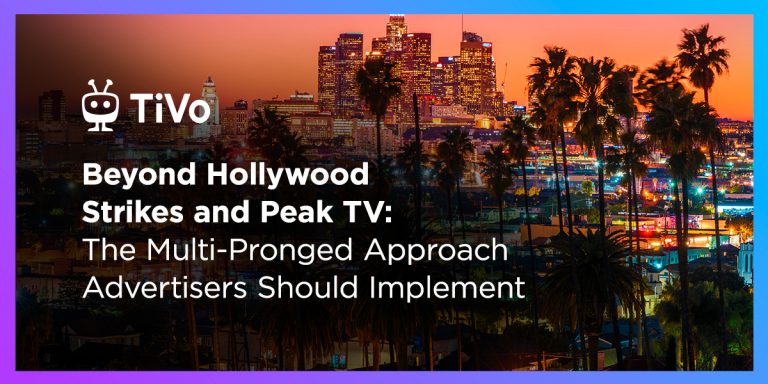By Laura Stinnett
Coming off a year of great uncertainty, the entertainment industry has been ramping up production and coming to terms with a slimmer entertainment landscape. The strikes lasted for 148 days and, while production resumed immediately, Hollywood is still adjusting and getting back into the swing of scripted TV and movie production.
While we are seeing more scripted content back on our screens, viewers are left in a spot where they may be waiting a year or more for their favorite shows to return. And, for some, they may not see shows coming back at all with production studios paring back on content.
This shift reflects a trend that has been brewing for some time now, signaling the culmination of what many have termed the ‘Peak TV’ era. From the shortening of seasons to an overall decrease in the volume of new shows produced. Even though many of these changes were in motion before last spring, the strikes accelerated much of this change in the entertainment industry. Streamers and broadcast networks are dialing back their content, and this will likely not change, especially since consumers are at times fatigued by the sheer amount of content they have at their fingertips.
As viewers’ favorite shows return to their screens, advertisers must be nimble as they create new campaigns. The last six months has been a culmination of several years of change when it comes to where consumers are viewing their shows, and advertisers will need to follow them to remain successful.
Getting it Right in a Complicated Landscape
When I wrote my advice to advertisers and media buyers in the fall, I discussed how one of the most important things to do amid this period was to be flexible and agile to changing circumstances during this transition. Upon reflection I wouldn’t change any of my recommendations. Adopting this type of mindset will only help advertisers and agencies find success in this ever evolving and complicated market.
Secondary to remaining flexible and agile, there needs to be another mentality shift among advertisers when it comes to their overall approach to campaigns. While reaching a mass audience during a sporting event or awards show will always be a useful tactic, what’s increasingly important is using a targeted approach to reach a brand’s core audience. As brands are faced with more ways to spend their budgets, they need to be thoughtful in how they are doing so and hyper focusing on targeting the right audience is going to increasingly become the best way to achieve this goal.
With fewer shows airing and smaller audiences for each show compared to what advertisers a decade ago were used to, brands cannot just rely on one form of advertising to reach their target audiences. Agencies and advertisers need to invest in and understand digital platforms in addition to their traditional linear advertisements, diversifying the ways in which they’re executing a campaign. By taking a multi-pronged approach with campaigns, brands will be able to get it right and find success in this market. When they’re reaching their target audience on linear TV, social media and digital, they’ll be able to make the greatest impact versus solely relying upon a big advertisement splash on just linear.
Taking a Page from Shark Week
When you’re in the middle of a big industry shift it is hard to see the path in front of you – which is why it makes it even more important to be open to trying something new. That’s why it is critical that advertisers and agencies look to others around them for the tactics that work. A mix of linear, digital and social advertising in a single campaign will become the norm, but it’s up to the brand to know where their audience is and how to best reach them. No two campaigns will ever look the same, but it’s prudent to take a page out of campaigns that get it right to learn how to navigate this new path.
Last year, Warner Bros. Discovery was faced with the challenge of how to drive interest in their iconic Shark Week programming. Shark Week’s new season was running during the Hollywood strikes and they saw an opportunity to get people excited for the show while scripted content was on hiatus. An innovative approach for the show was to run their promotion across multiple platforms, inclusive of linear, digital and social, for a week-long campaign.
The campaign netted in a tremendous success for the show. The Discovery Channel, where the show airs, saw the strongest Shark Week ratings in three years and a year-over-year growth every night for the first time ever in Shark Week history. By reaching the right audience through targeting advertising, they were able to get interested viewers to tune in.
This type of adaptability and openness to try something new will be critical moving forward. There will always be a new challenge – whether it is a strike, the end of Peak TV or something else – and what will determine long-term success is how well advertisers are willing to adjust to the market. While we likely won’t go back to the old ways of TV advertising with fall and mid-season launch being the biggest promotional times of the year, it isn’t a bad thing. This new period we’re entering will unlock a whole new world of possibilities for advertisers.


Comments are closed.